Various technologies for obtaining a surround image, their advantages and disadvantages, a review of modern 3D devices presented in the market, the prospects for the development of stereotechnology
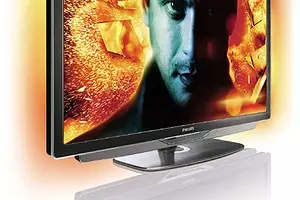
Today you can with a great degree of probability to predict that it is very soon awaited by a real 3D boom. Relevant technologies are rapidly developing, and the number of 3D models of TVs, players, projectors and video cameras are growing in geometric progression. Board the veil of mystery and look.
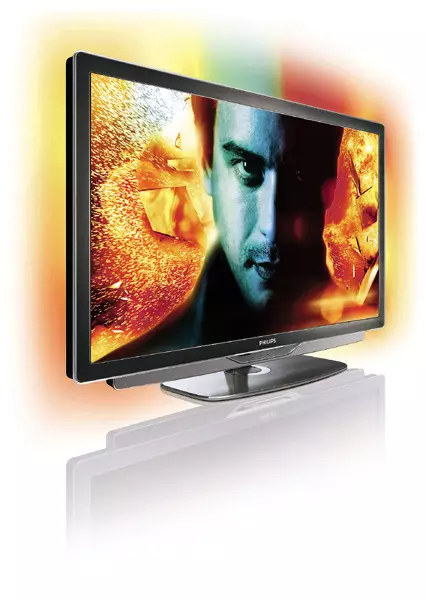
As in the emerald city
With anaglyph method, the stereo effect occurs due to the additional "staining" of the stereo pairs in two different colors. The left and right frames are separated using glasses with appropriate light filters (usually red and blue). But while the color of the picture is distorted, and the eyes are quickly tired. This method was widely used in cinemas, and now it is used mainly in printing. Television develops the technologies of passive and active shutter, as well as autostereoscopic.
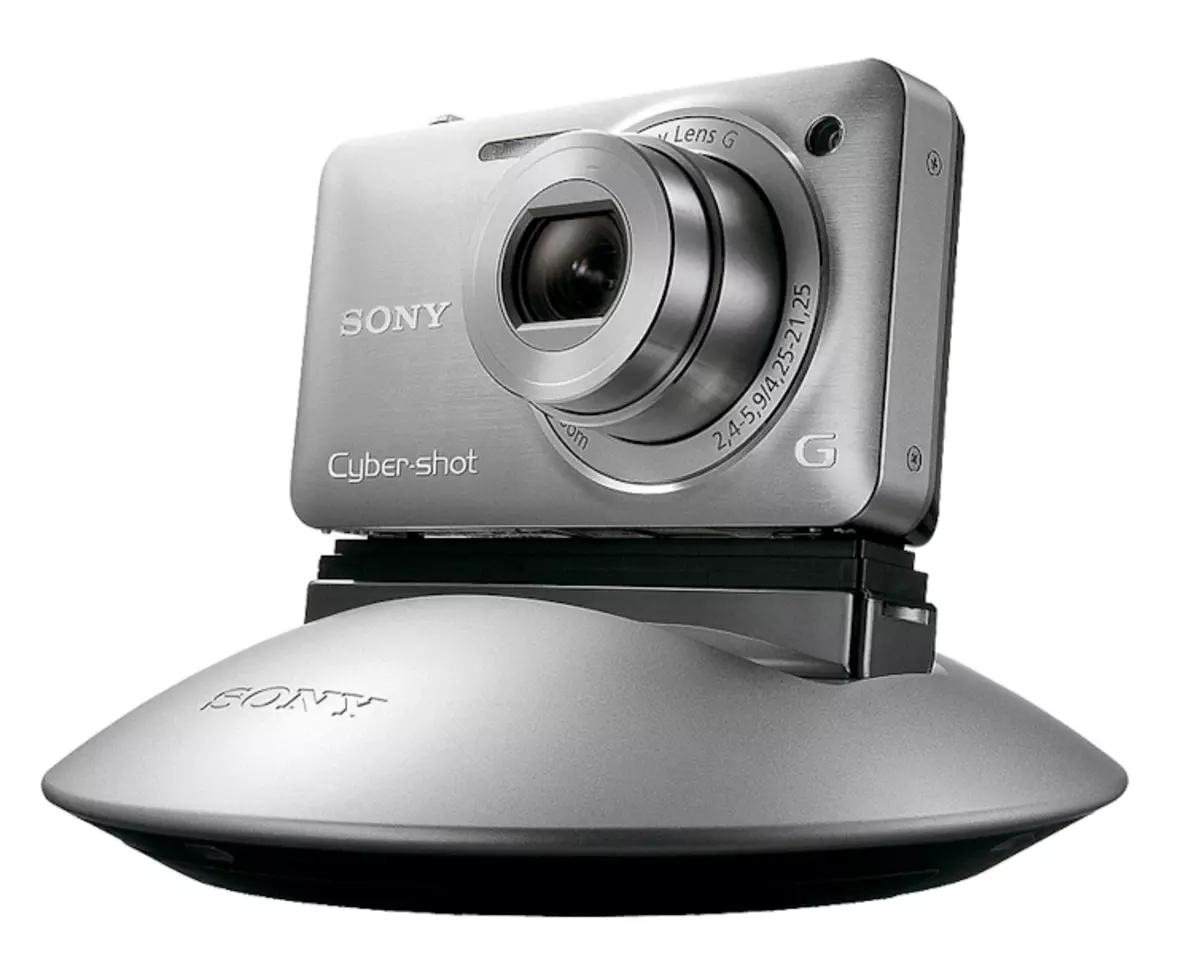
Sony | 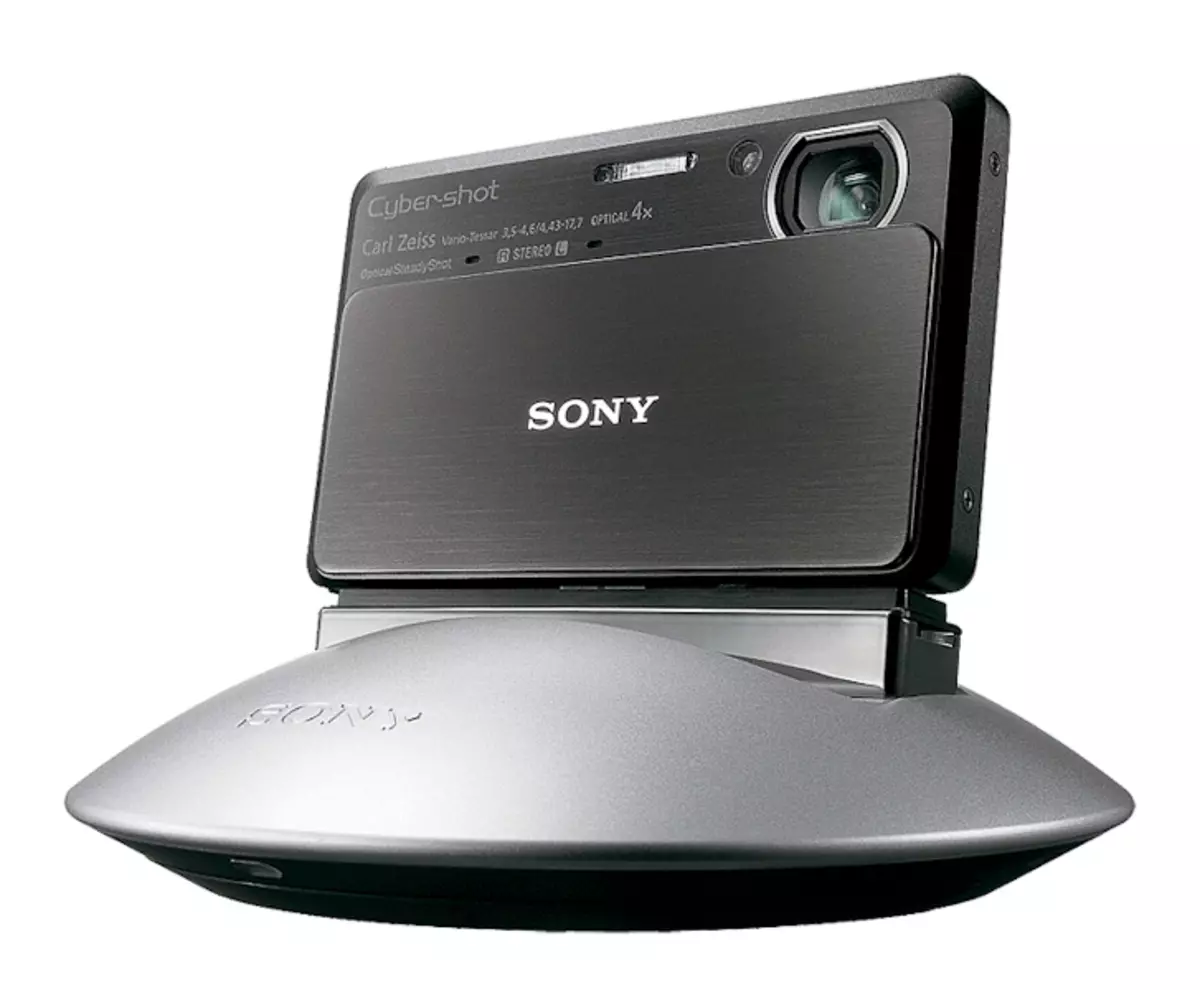
Sony | 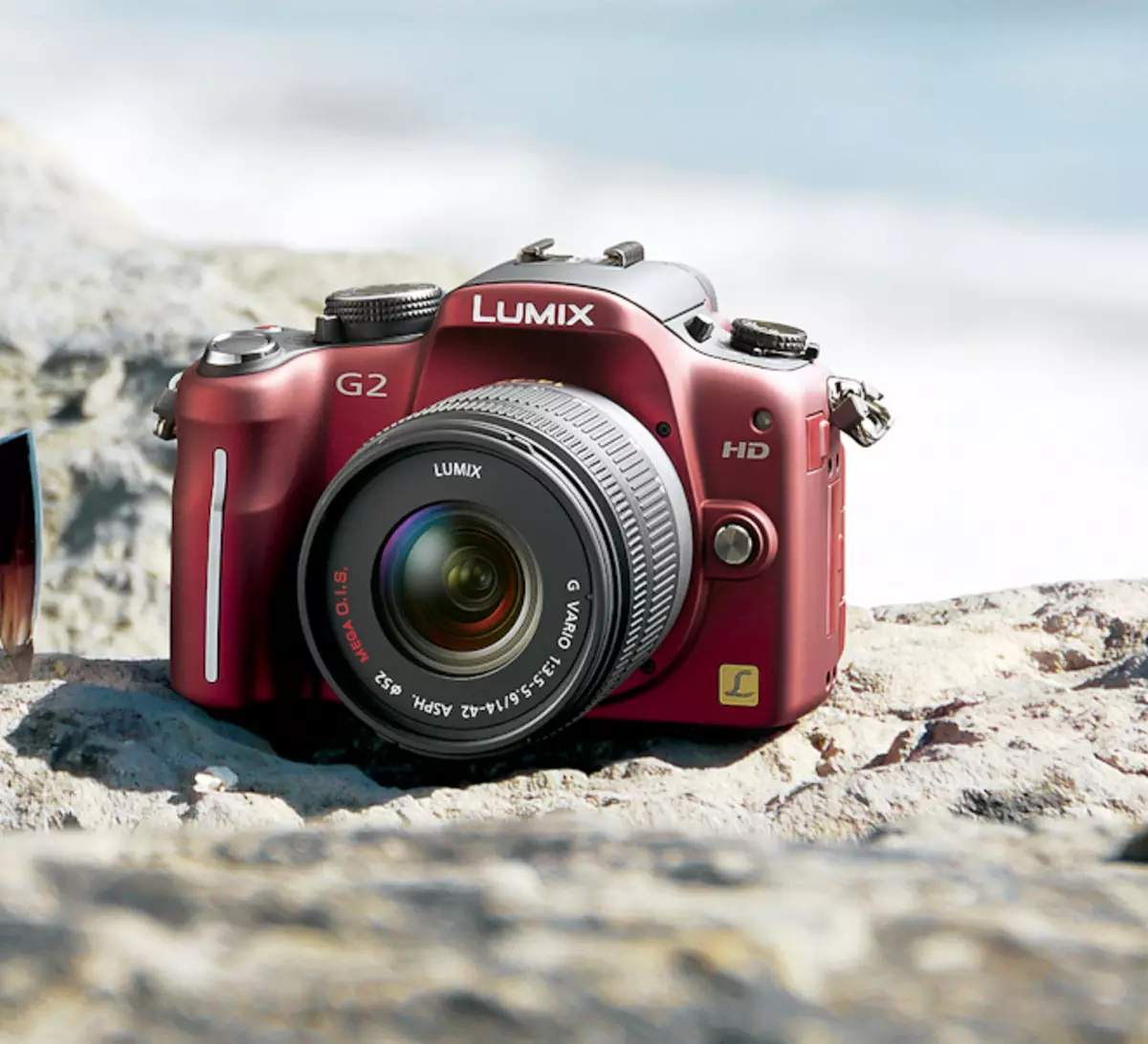
Panasonic |
1-3. Cameras WX5 (1) and TX (2) (SONY) with 3D Sweet Panorama feature. Modeled G2 (Panasonic) (3) There is a replaceable lens and touchscreen display
With polarization stereo technology (passive shutter), an image is formed in polarized light (that is, such that the plane of the oscillations of photons of the light beam is located differently than in conventional light; this property is used to filter the stream). At the same time, for each user's eye, an image with its polarization angle is created (the difference between them is 90). For example, a picture for one eye can be fed to the even lines of the scanning of the image on the screen, and for the other - odd. The use of special filters in glasses transmitting the light of one polarization and retarding the other, makes it possible to divide the image into two angles and submit each eye your picture. This method allows relatively simple and inexpensive to form a three-dimensional image. The price of the glasses is 40 rubles. The disadvantage is that it is necessary to significantly increase the brightness of the pictures, as 70% of the light passing through the filters is absorbed.
The technology of the passive shutter is adopted in the IMAX system cinemas, where two projectors with polarizers are used, as well as in 3D monitors. They are published by JVC, Panasonic (Obapanean), IZ3D, Panoram Technologies (Obeno). Such devices are often installed in the sports stores so that the fans can watch the game of the favorite team, feeling allegedly participants in the action. More difficult stelishers. LG Electronics (Korea) - While the only manufacturer confirmed its willingness to produce 3D TVs for the home with the technology of both active and passive shutter. "Passive" model- LD920 and LD950. The latter is equipped with four pairs of polarized glasses, which allows several family members to simultaneously enjoy 3D programs.
Three-dimensional games and movies
In the market of computer games, things are not bad: a newly recent 3D-system NVIDIA GeForce 3D Vision is compatible with many projects already issued, and most future gaming new products will also starve the third dimension. As for films in 3D technology, they produce three ways. The first: kinocarte, created in computer animation technique, is translated into 3D format. Second: IMAX Corporation removes films with a special chamber immediately into two films. The third: 2D image is translated into 3D (so far only in the form of fragments of Hollywood blockbusters). Perhaps the main problem of popularization 3D is a small amount of content. However, changes are taking place for the better: leading film studios annually release several paintings compatible with 3D displays. The Pixar Studio is already planning to release more than 10 animation 3D movies, and The Walt Disney Company promised that soon all the movie stamps created by Pixar can be found on 3D screens. Manufacturers of televisions contribute their contribution. For example, Samsung Electronics announced the start of cooperation with DreamWorks SKG to transfer to 3D-format of such popular films as "Shrek", "Monsters against the aliens" IT.D. Theoretically, any video movie using special programs can be converted to 2D + Z format and get a bulk picture.
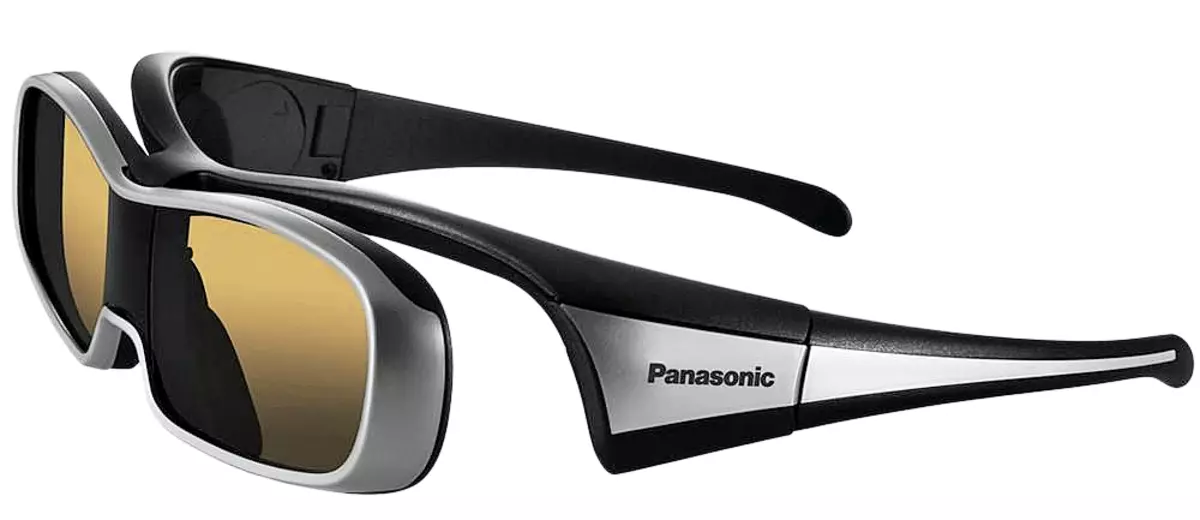
3D devices (TVs, players) with active shutter technology offer Samsung Electronics (Korea), Philips (Netherlands), Sony (Japan), LG Electronics, Panasonic (VIERA) IDR. Each of them seeks to improve the equipment in its own way. Thus, the models of the C7000 series (Samsung Electronics) provide a wide viewing angle, so the viewers do not have to choose the most convenient viewing point. Hospital, Samsung Electronics attaches to its TVs with only one pair of 3D glasses, and additional can be purchased about 9 thousand rubles. Only glasses of the same manufacturer are compatible with the rapes of this company. Plasma 3D TV series 7000 (160 thousand rubles) and 6900 (90 thousand rubles) with widescreen screens (diagonal-63 and 50 inches, respectively), released by the same company, equipped with Clear Image Panel innovation technology. Instead of the usual glass, an ultra-thin film filter is applied to the panel instead of the usual glass. It eliminates dual reflections and provides clarity of the picture and a good color reproduction for almost any point of viewing even in fairly brightly lit rooms.

Acer. | 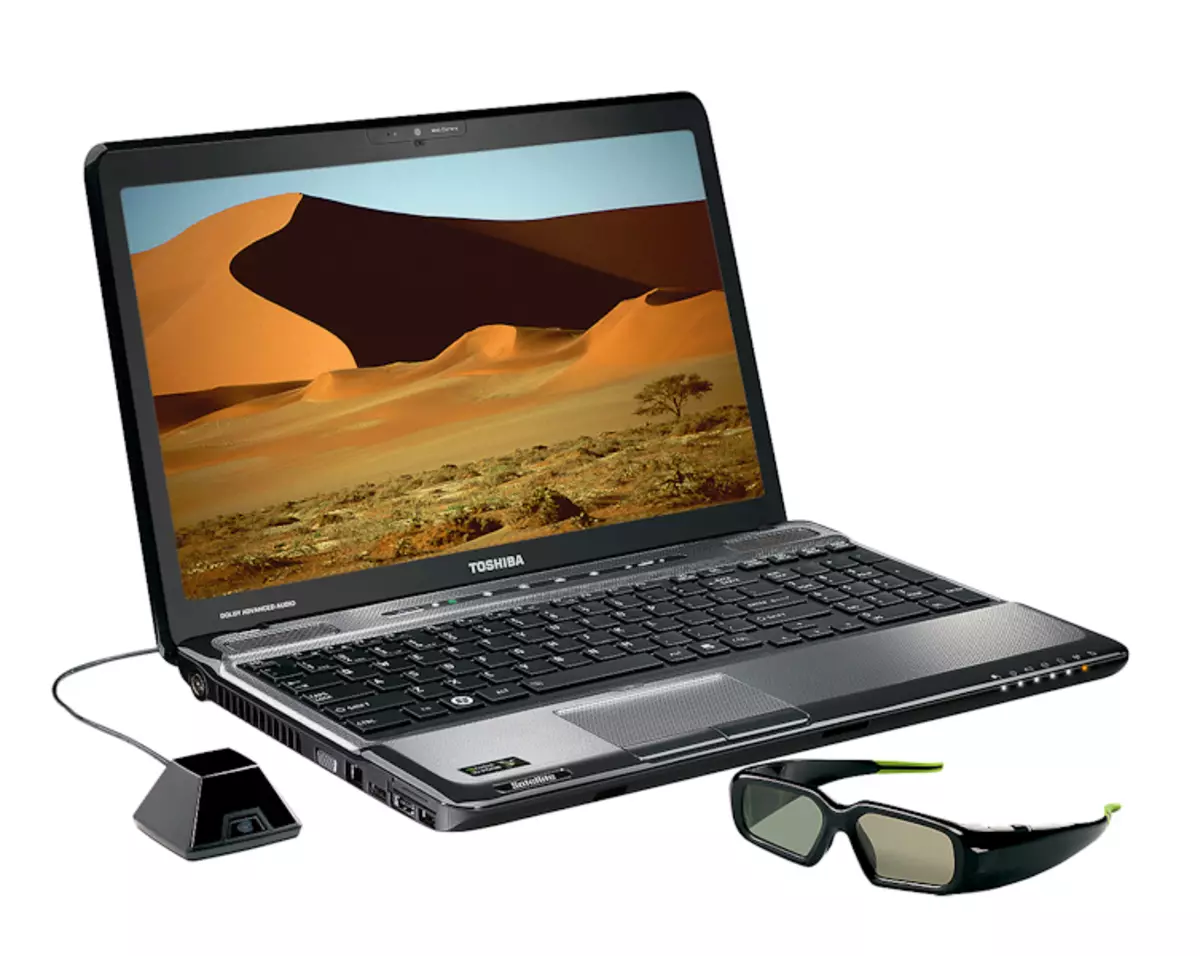
Toshiba. | 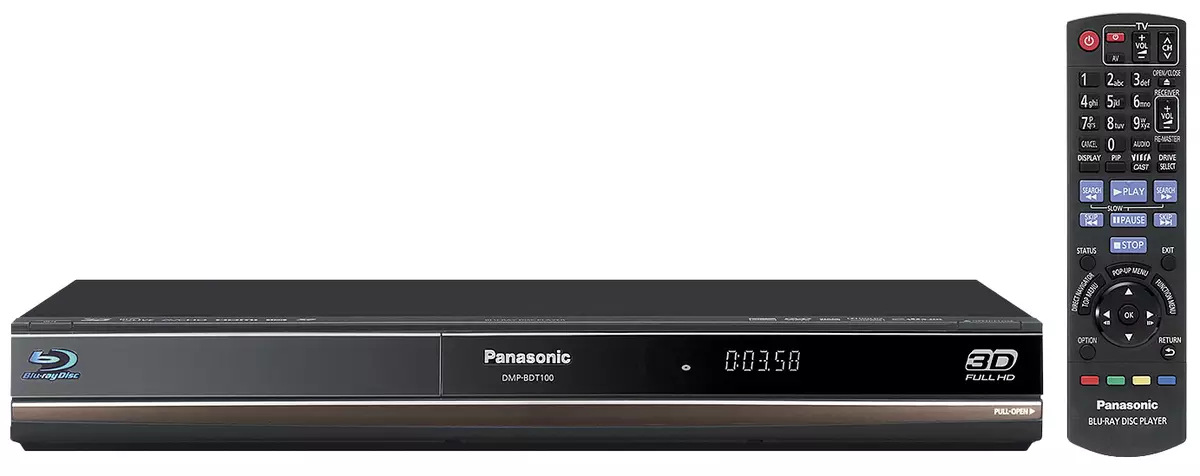
Panasonic |
4. Thanks to the support of 3D format in the Satellite A665 laptop (Toshiba), all modern games will look more realistic. In addition, it allows you to use Blu-ray 3D2 discs. 5. Modeled ASPIRE 5745DG (Acer) The 3D image is formed by means of "gate" technology. Knotebook You can connect an external display with a 120 Hz sweep and also to get a picture with a 3D effect. 6. New Full HD-3D Bluray DMP-BDT100 player (Panasonic) will allow you to watch your favorite 3D films at home and will provide their high quality. Weeding There are also access to various content through the Internet protocol, SD memory card slot, USB port and HDMI output
9000 Series 9000 LCD TVs (Philips) released in 2010: 32PFL9705, 40PFL9705 and 46PFL9705 (screen diagonal - 32, 40 and 46 inches, respectively) supporting 3D-format, used Ambilight trilateral backlight, changing depending on the color Walls, Perfect Pixel HD Engine processor and LED technology. The result is a feeling that the action from the screen is transferred directly to the room. For viewing 3D content, active glasses and an IR transmitter are required, connected to the TV.
K3D TV 60 LX900 (Sony) with a maximum diagonal of 60 inches are attached two pairs of points. SONY BRAVIA KDL-LX900 and KDL-HX900 models due to the high frame rate on the screen (it provides the MotionFlow 400 Pro function) create an image, a reliably reproducing three-dimensional world.
TV in new format
For the first time in Russia, satellite 3D transmission in real time took place on April 15, 2010. The betrothes of the ballet soloists of the Mariinsky Theater, shot in 3D format, was broadcast from the EUTELSAT 9 satellite (Eurobird 9A) on the All-3D channel. He was watched in St. Petersburg, Moscow and Paris on Samsung TV screens using active glasses. Vama 2010 Within the framework of the "Svyaz-Expocomm" exhibition -2010, Akado Group of Companies (Russia) and Samsung Electronics showed the capacity of round-the-clock television 3D broadcasting for the mass consumer on the AKADO digital cable television platform. The joint project contributes to the development of 3D-technologies for the house and will allow users to offer a wide range of programs with a volumetric image. Wokothyman 2010 The company "NTV PLUS" (Russia) officially announced the opening of the first 3D channel in our country in partnership with Panasonic. On the basis of this channel, direct broadcasts of the 2014 Olympic Games are planned to be carried out in the 3D format. From Sochi.
Panasonic in the VIERA 3D TV series applies a special technology for eliminating cross-interference (they occur when they are applied to each other signals for the right and left video channels, and eventually formed dual contours). Complete resolution when demonstrating a movable image is 1080 lines. New synchronization technology between TV and light filters (High-Precision Active Shutter) allows you to get a clear, clear and detailed bulk picture.
Clean volume
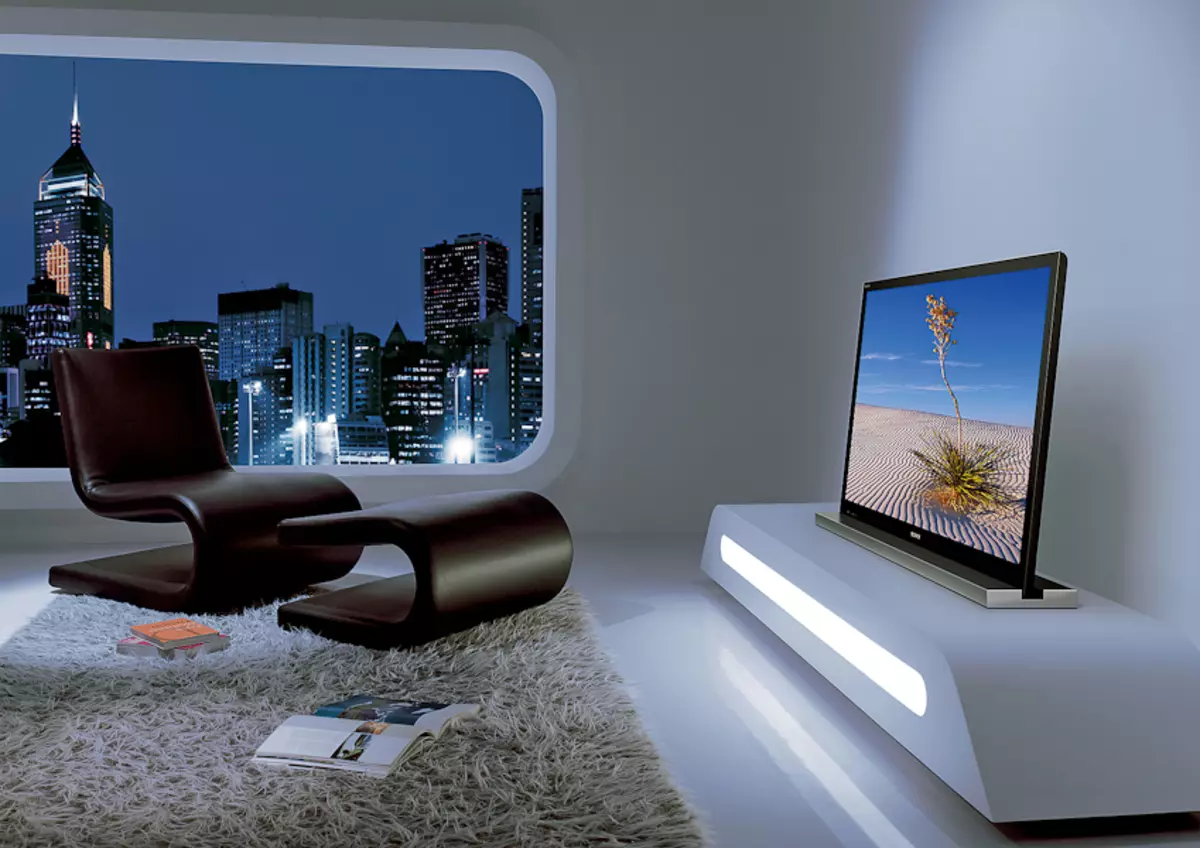
The Flatron M4200D LCD display (LG Electronics) with a diagonal of 42 inches is a lenticular screen. One of its layers is made of transparent plastic with long cylindrical microlens, creating a stereoscopic effect. Key Features: Resolution - 1920 # 215; 1080 pixels, brightness - 500 kD / m # 178;, contrast- 1600: 1, response time, 8ms. The imnex of the Sharp model LL-151-3D XGA is used 3D Technology technology, which uses the second LCD matrix to achieve the effect of the parallax barrier. When the 3D mode is turned on, the light, passing through the first LCD matrix, it is sent so that even pixel columns focused on the left eye, and odd- on the right. The display is switched to 3D mode using a special button located on the control panel. The price of LL-151-3D XGA is about 45 thousand rubles.
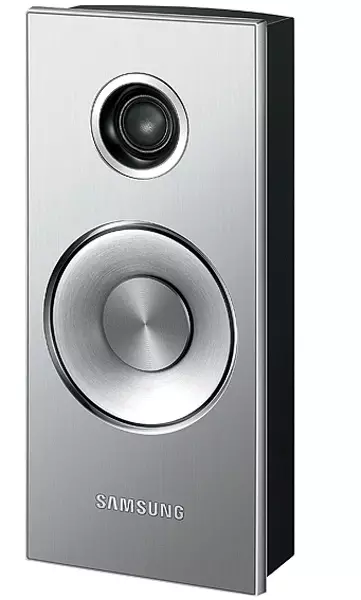
Samsung | 
Samsung | 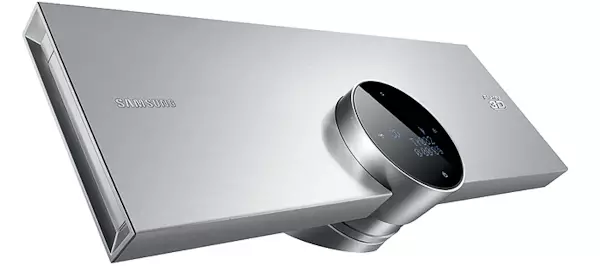
Samsung |
7-9. HT-C9950W Home 3D Cinema (Samsung) offers the quality of the surround sound of a 7.1-channel music system and wide multimedia content capabilities
Samsung Electronics began to produce autonoscopic TVs with a 19-65 inches screen diagonal. They are equipped with an additional matrix of bicon-like microlens, thanks to which the stereo imagery can be observed from different points. The model with a diagonal of 40 inches costs about 60 thousand rubles., 55 inches - about 210 thousand rubles. Samsung Electronics agrees on stereo-translations with cable and satellite television operators.
However, this method has significant disadvantages. Accompliant, it is necessary that when viewing the head of the viewer was in a certain position: it is enough to change it quite a bit - and the stereo-roll is destroyed. Various companies are trying to improve this technology. For example, Philips and Newsight have developed their own technology of multi-tech monitors - WOWVX and MULTIVIEW. Afirma Seereal Technologies (Germany) mounted a movable light beader into its displays and a viewer's head position detector, thanks to which the image is adjusted according to the desired angle of view.
Sterependers
Are we ready to 3D-era? Undoubtedly, from a visual point of view, the new technology has huge prospects. The market already shows a wide variety of 3D techniques: cameras and cameras, Blu-ray players, laptops (for example, Aspire 5745DG, Acer, with 3D-Vision, NVIDIA Active glasses, can be used in 3D mode, and as a standard laptop ), 3D TVs with backlight, LED-, LCD and plasma 3D models. The reproduction of the latest Panasonic leadership (VIERA TX-P50VT20 and TX-P65VT20 models with a screen diagonal of 50 and 65 inches respectively) and Samsung Electronics (PS42B450B1, PS50B450B1, PS42B451B2, PS50B451B2 models).
Existing developments allow you to start implementing stereoscopic broadcasting on the Internet, where you can provide 3D content individually. A new television system is being developed. Holders of receiving equipment and 3D TVs will be able to receive volumetric television programs from the Astra 3a orbital satellite, broadcasting to Central and Eastern Europe with the 4th 2010. Compact Discovery (USA) along with IMAX (Canada) and Sony plans to run a 3D channel by 2011.
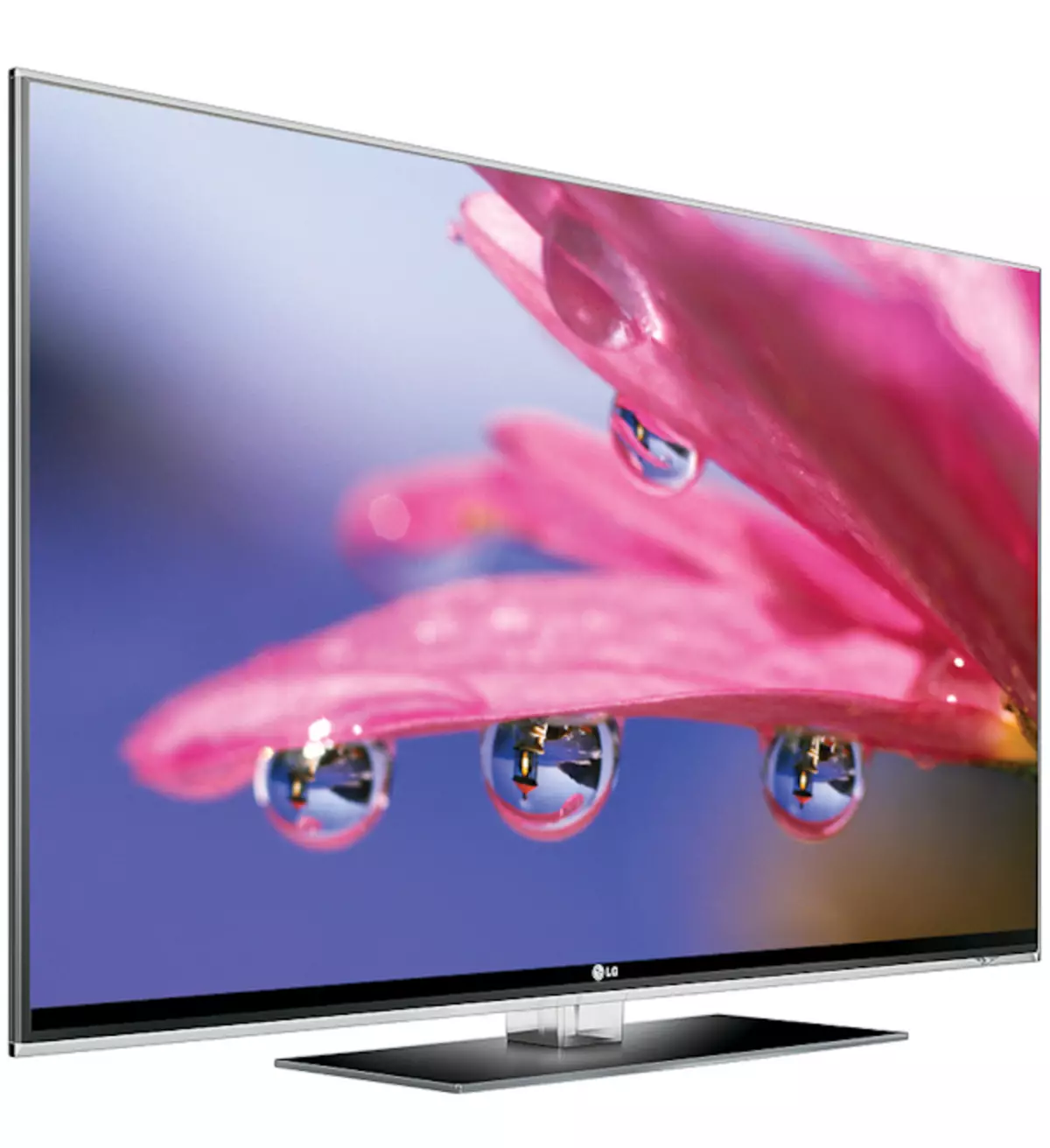
LG | 
LG | 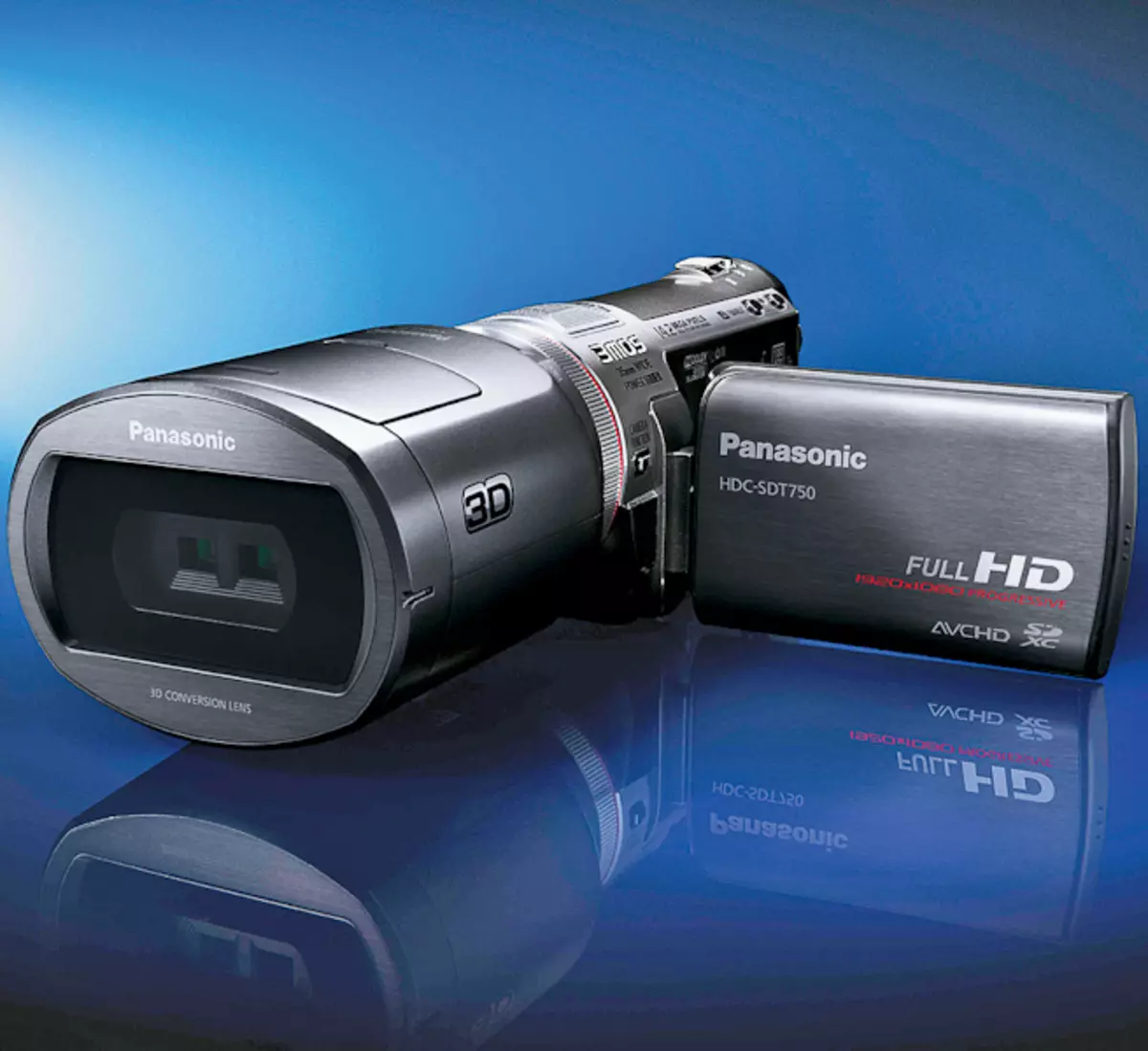
Panasonic |
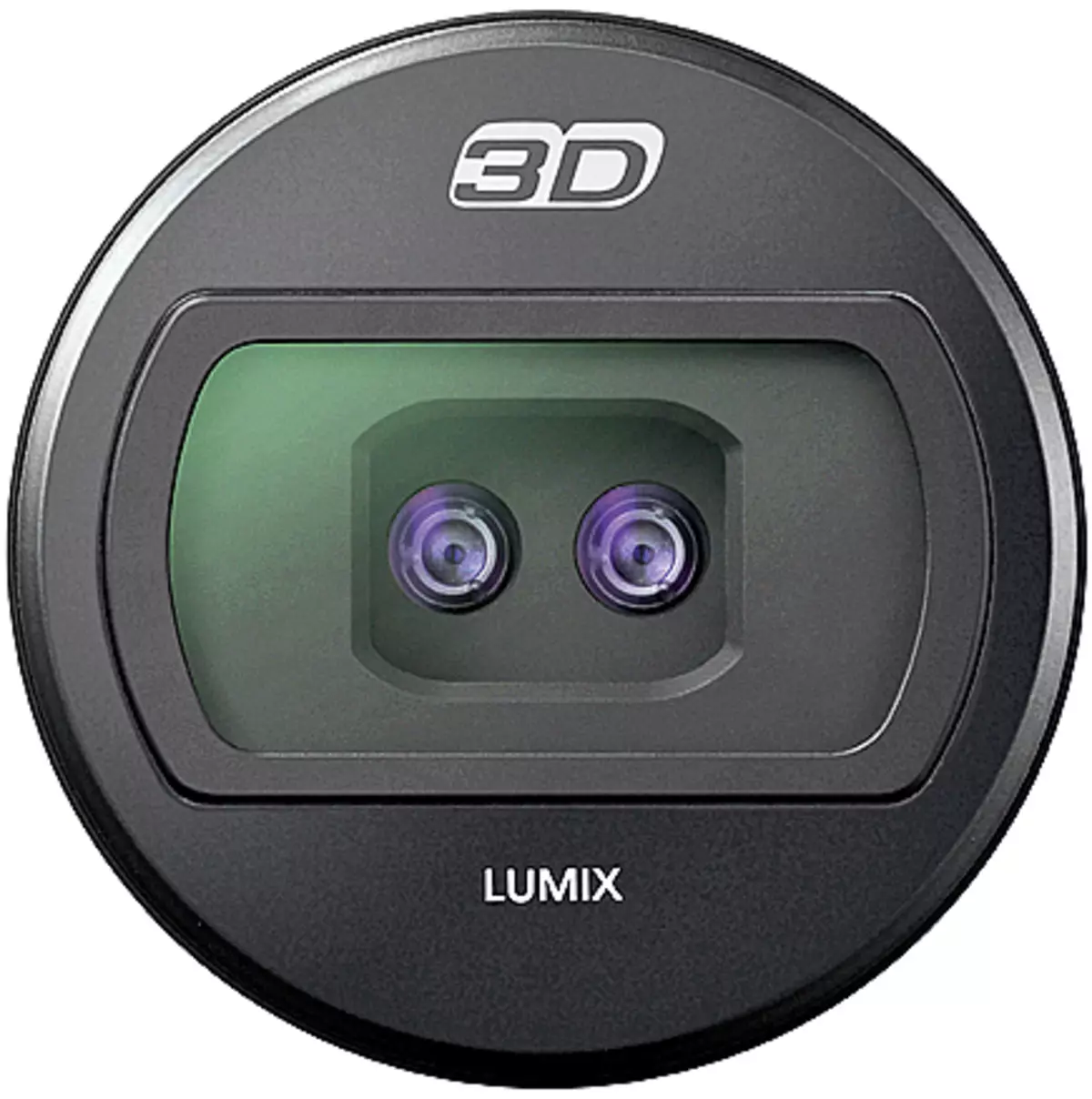
Panasonic | 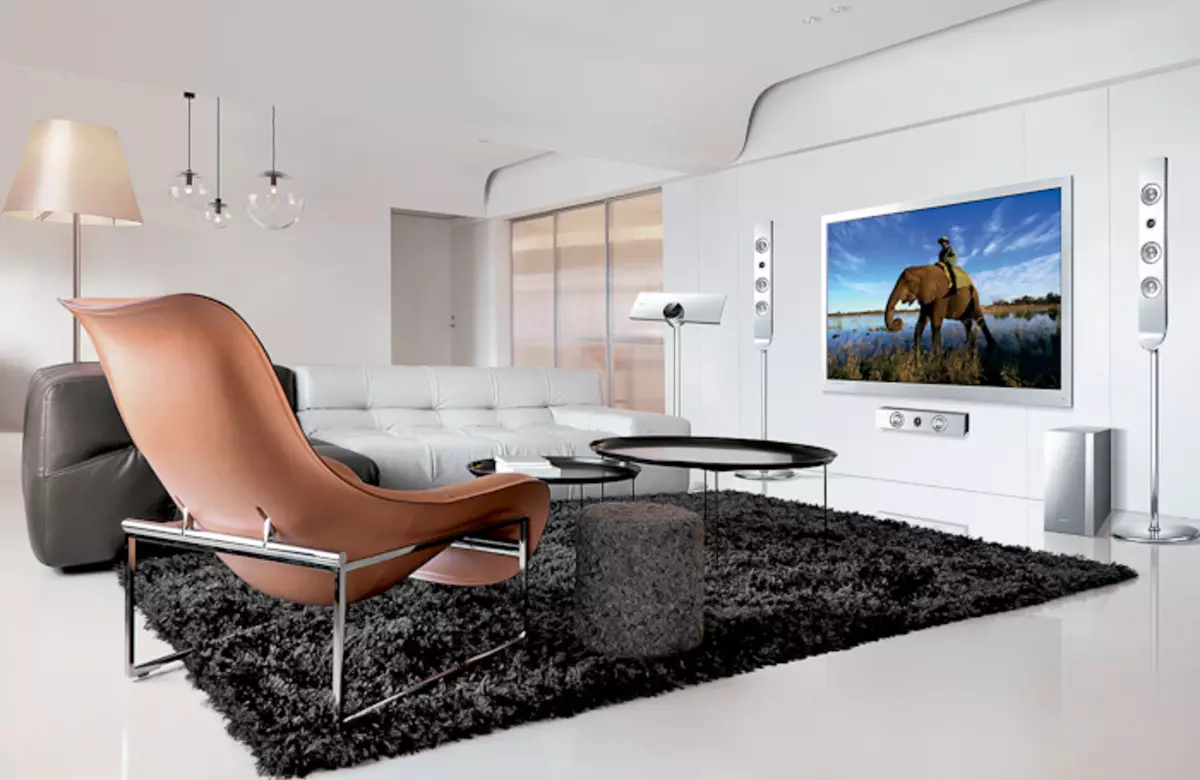
Samsung | 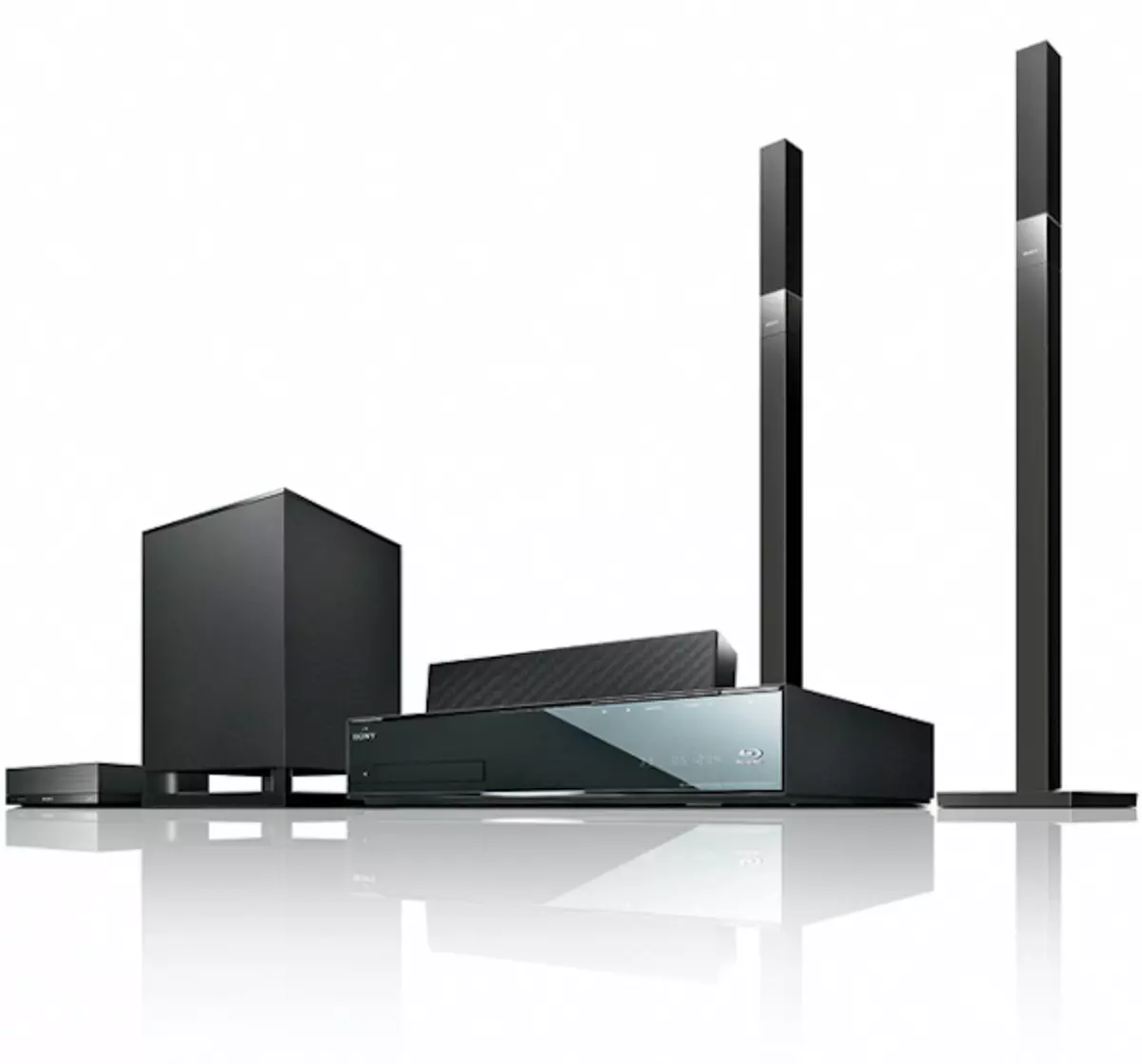
Sony |
10.11. Innovative illumination of an elegant model LX9500 (LG) with a thickness of only 22.3mm provides the best brightness. 12, 13. Kamcoder HDC-SDT750 (PANASONIC) allows you to shoot a video in 3D format, just set the 3D converter lens. In addition, there are many other features in the model: 3MOS sensor with an improved noise reduction system, shooting video in 108P / 50Hz format, hybrid optical image stabilizer. 14.15. Integrated 3D-LED-LED TV Series Conversion Technology (Samsung) (13) Real-time transforms standard image into three-dimensional, allowing us to watch regular TV programs and movies in 3D format. Home Cinema BDV-IZ1000W (Sony) (14) allows you to view 3D content from Blu-ray disk and provides access to online video.
For a long time, a narrow place in the implementation of a stereoscopic video transmission was the amount of data, it was impossible to transmit existing means. Digital television allowed to spread a sufficient amount of information and became the basis of a number of devices that give the ability to perform volumetric visualization.
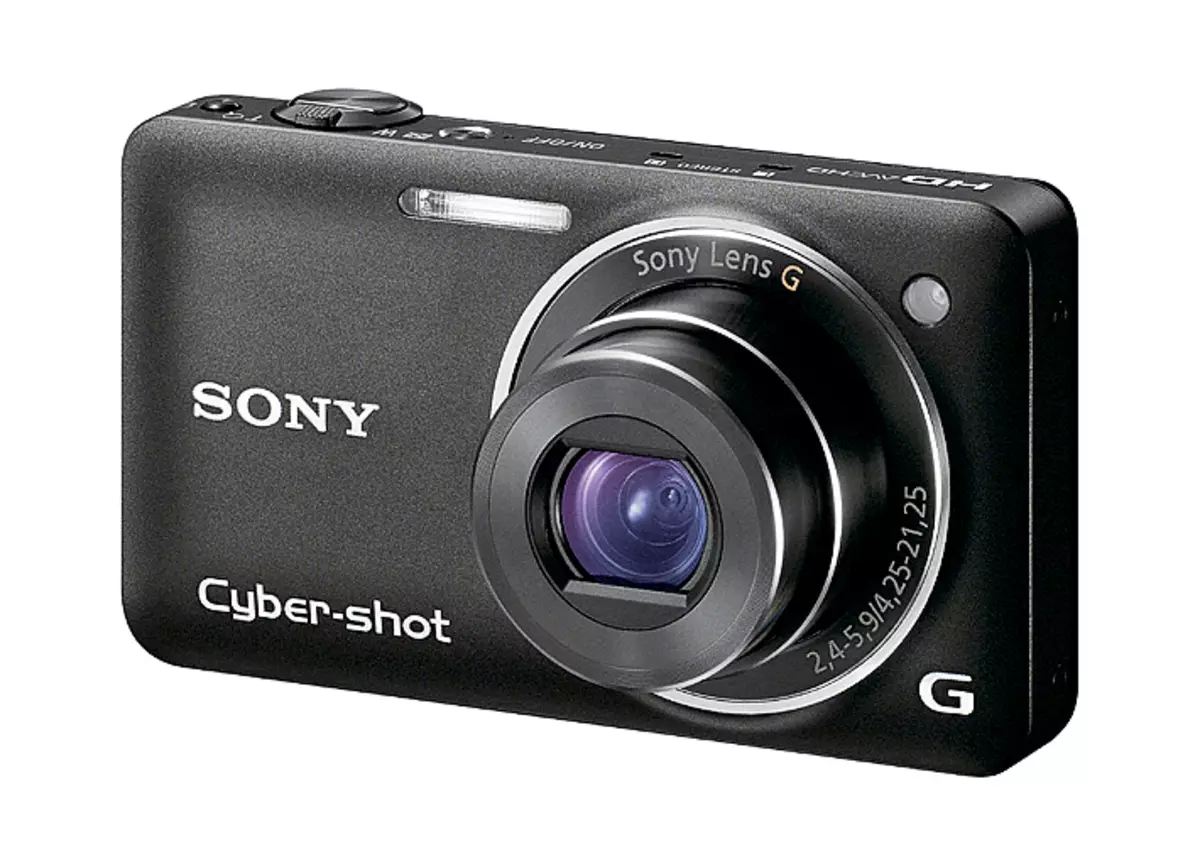
The MPEG-2 and MPEG-4 television formats are a good basis for standard 3D-video data broadcasts, as they make it possible to transmit and conventional (2D) image, and the corresponding depth card (z). To decode standard streams, STB decoders are developed (Set Top Box). For example, Elecard (Russia) presented similar television consoles that allow you to change the software built into them and thanks to this, build the functionality of the devices. Such decoders have analog outputs for connecting to TVs and DVI / HDMI interfaces for connecting to digital techniques. Toshiba (Japan), Panasonic, Samsung Electronics and Sony offer TVs with built-in converters for converting 2D- in 3D format.
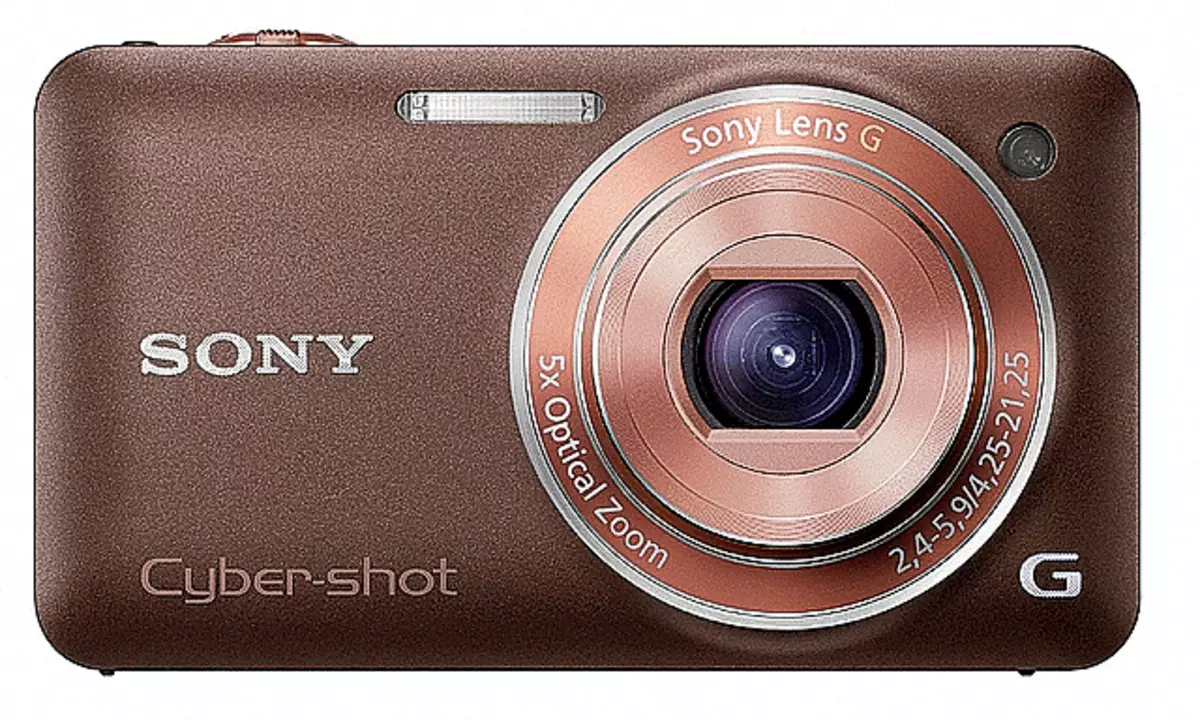
Finally, the newly created version of HDMI 1.4 to work with 3D provides 1080p permission for each eye (1080p / 24 Hz or 720p / 50 or 60 Hz). At the same time, the cable and satellite providers will have difficulties, since their STB does not support the HDMI 1.4 protocol and do not provide the ability to transfer a double-resolution 1080p. Although all these problems are in principle are solvable. Improving technologies continues continuously, the viewer needs to constantly offer something new, and therefore it can be concluded that the onset of the era of bulk television is not far off.
Advantages and disadvantages of various 3D technology
| Technology | pros | Minuses |
|---|---|---|
| Anaglyph | Cheap and simplicity of the method | Loss of some colors; need to use glasses; Low image quality |
| Active shutter technology | Excellent image quality | Stereochoes are pretty road; It is required to periodically recharge the battery |
| Passive shutter technology (polarization) | Good picture picture | Need high resolution screen |
| Autostreotoscopic technology | No glasses need; Big realistic | Significant price; A high resolution screen is required; When viewing the horizontal resolution decreases by 2 times |
